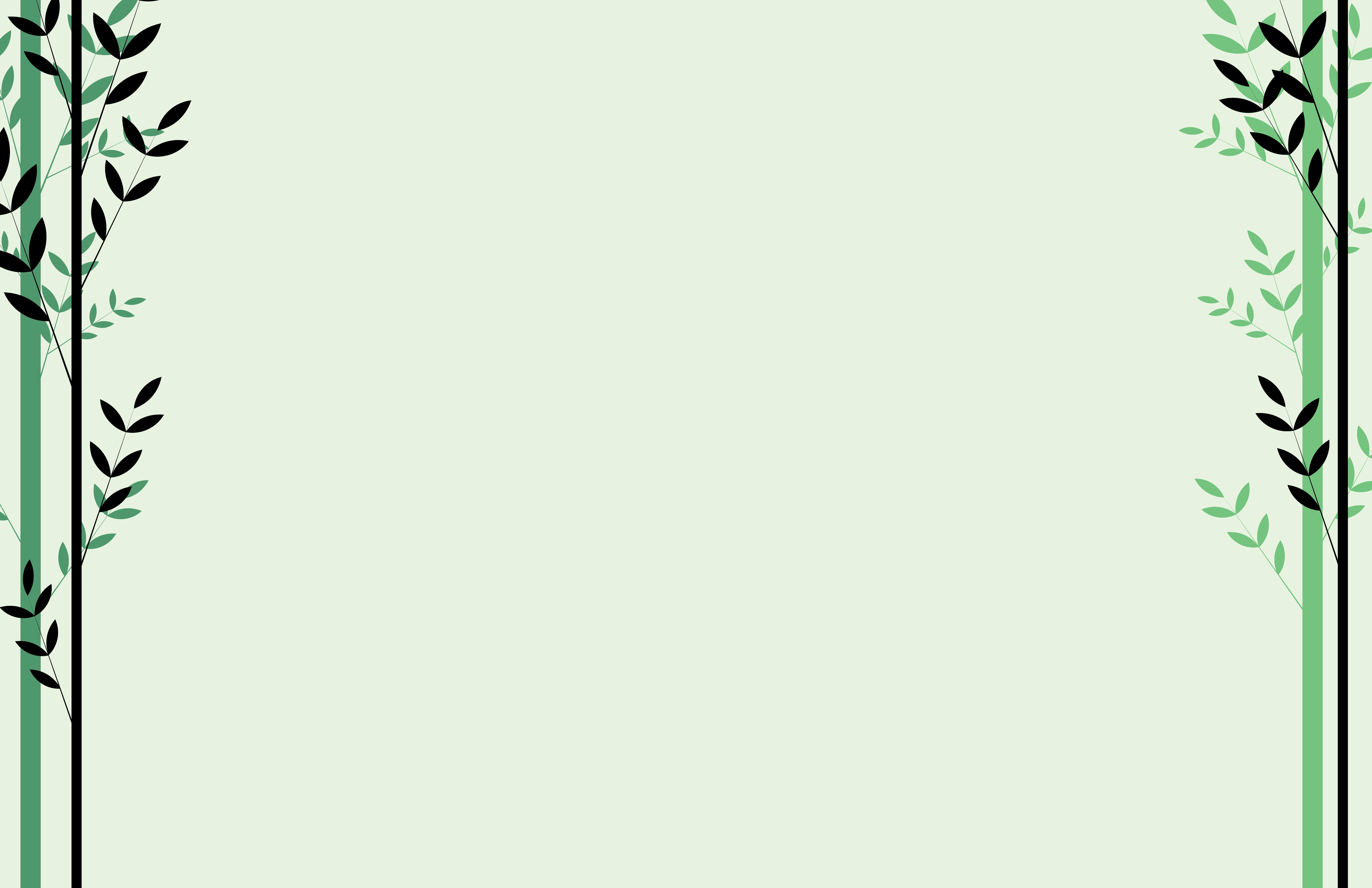Indigenous Co-management of Public Lands
Fall 2024
University of Virginia

This work was done as part of the Fall 2024 course Collaborative Planning.
The goal of this report is to establish a participatory framework that enables Virginia Indigenous tribes, government entities, or other stakeholders to engage in a collaborative dialogue regarding the co-management of public lands. Acknowledging the historical and cultural significance of these lands to Indigenous tribes, the framework integrates tribal cultural values, environmental stewardship, and governmental regulations to promote equitable collaboration without co-opting Indigenous knowledge. Indigenous planning is premised on a spatial culture that lies in fundamental opposition to that of settler-state planning, with the spatial culture of settler state planning defined as one of “disaggregated economic return from private property associated with the settler-state”, and the spatial culture of Indigenous planning defined as one of “aggregated interrelationship between use and stewardship of land, culture, economy, society, and environment” (Prusak et. al 2015). Indigenous planning, then, articulates a departure from the capitalist understanding of built environment, and thus a departure from prior conceptions of what constitutes the space that comes as a result of public production.
The settler state planning project is one that instrumentalizes and disaggregates land along with what resides and exists on it into elements that can be conceived of socially as private property, such that it can be entered into an economic system in which profit can be accumulated from it.
In addition to writing the ‘Background’ section of this report, I performed the editing, formatting, and layout. The full pdf can be found here.

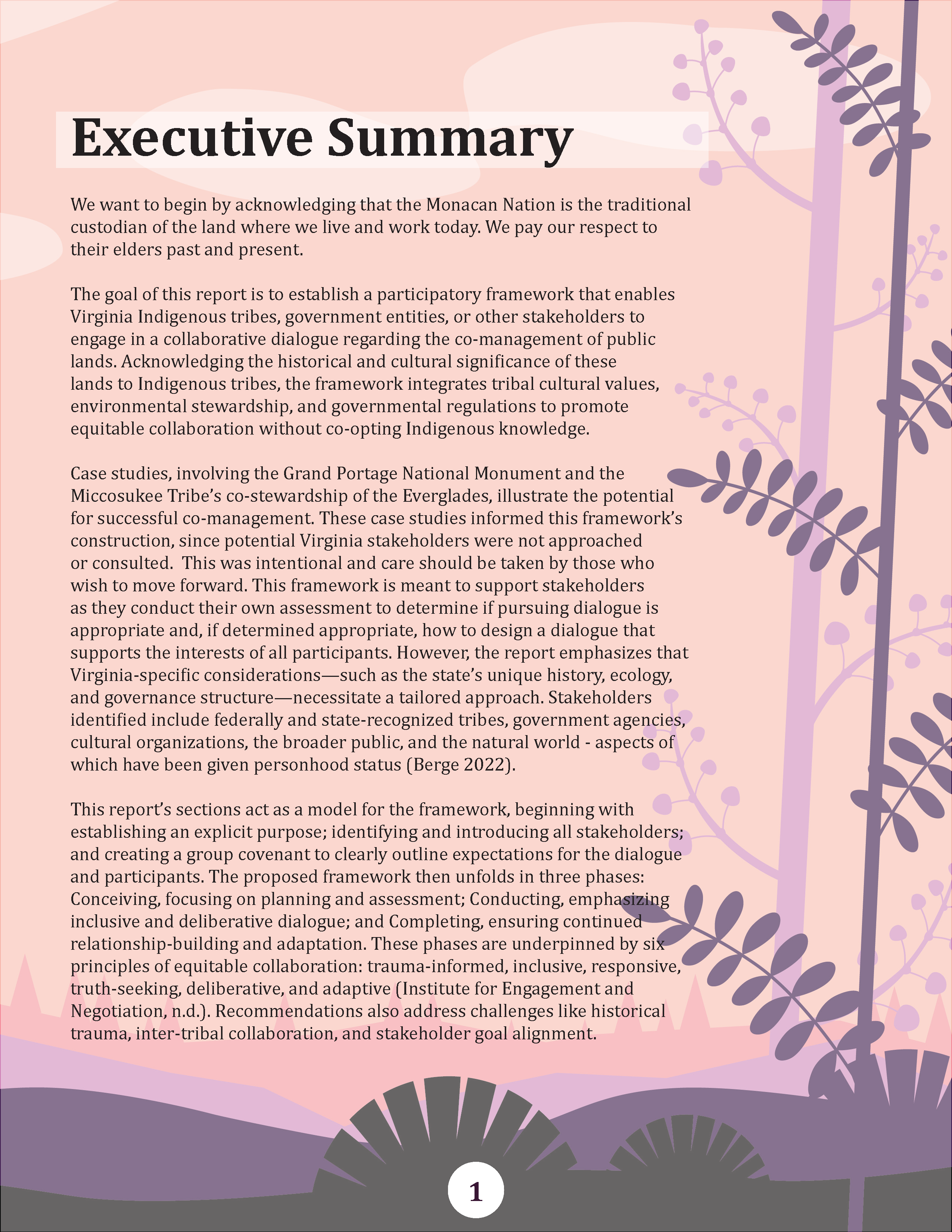
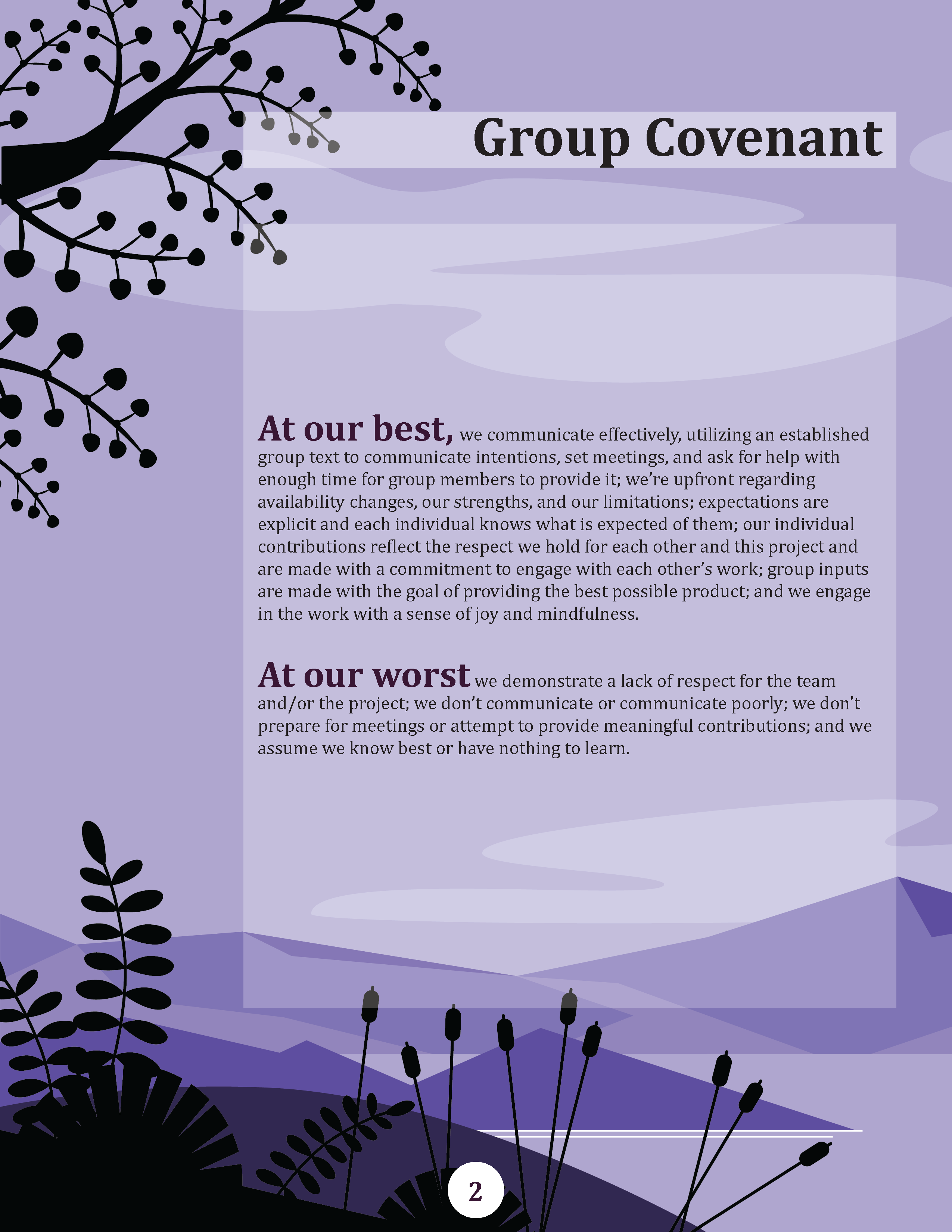
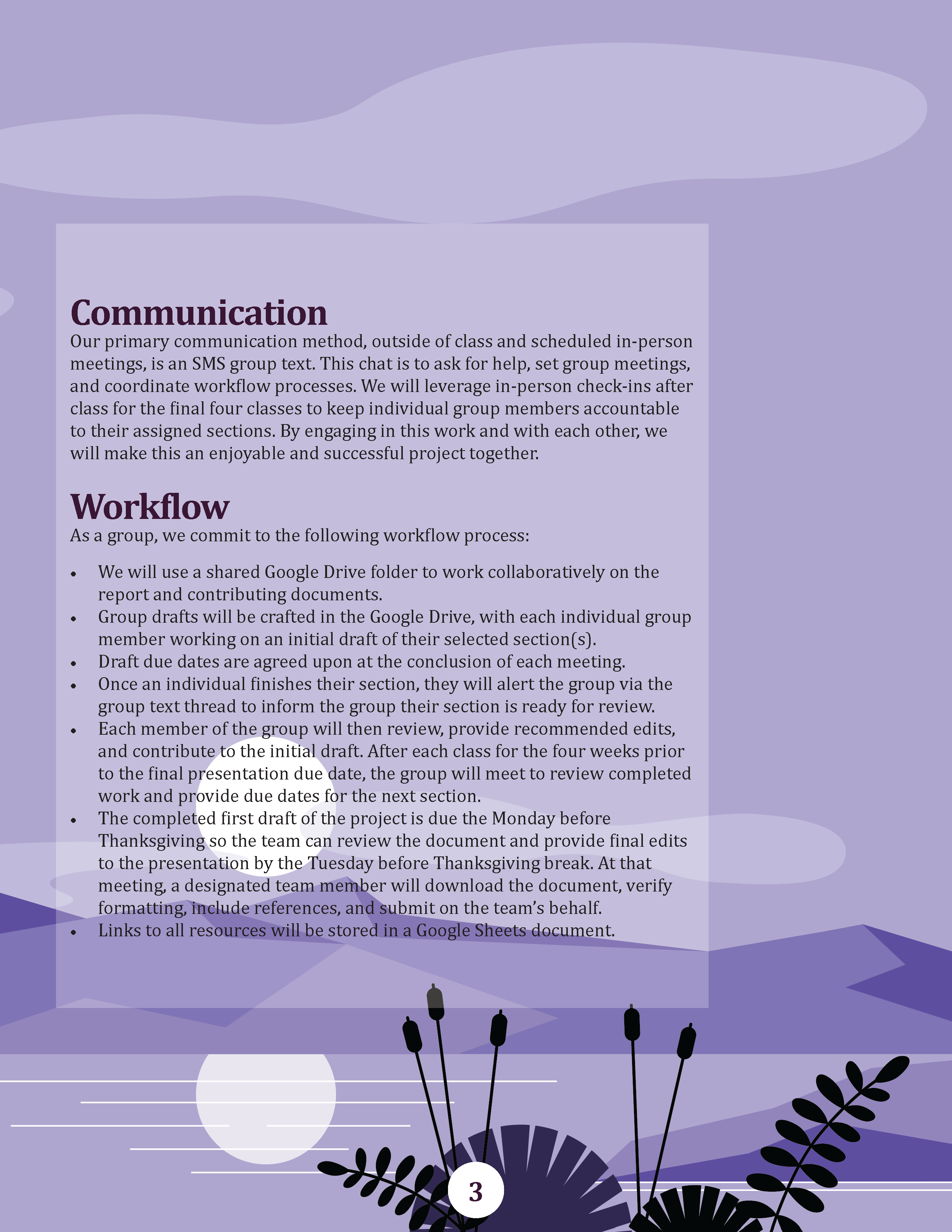
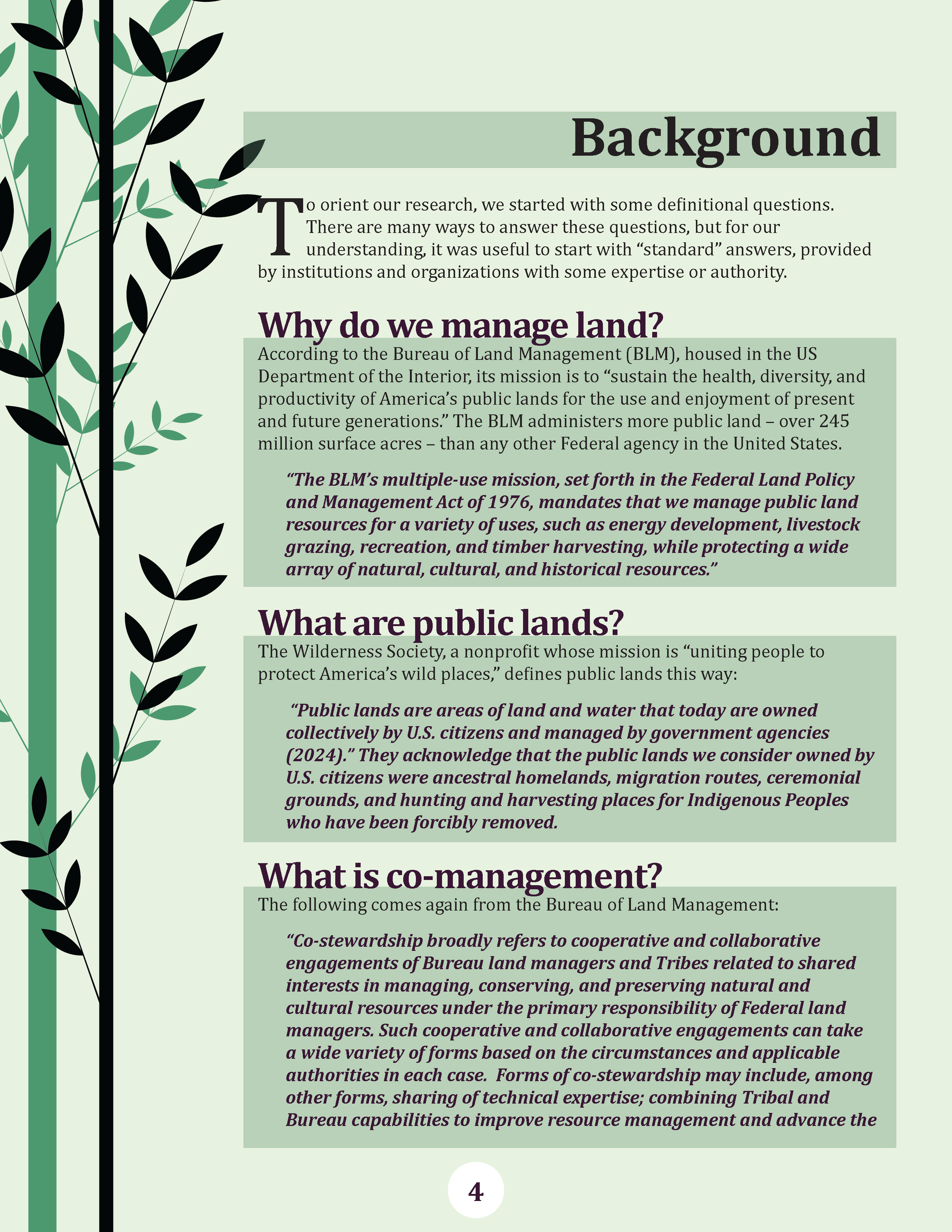
I created the following background illustrations for this report:



